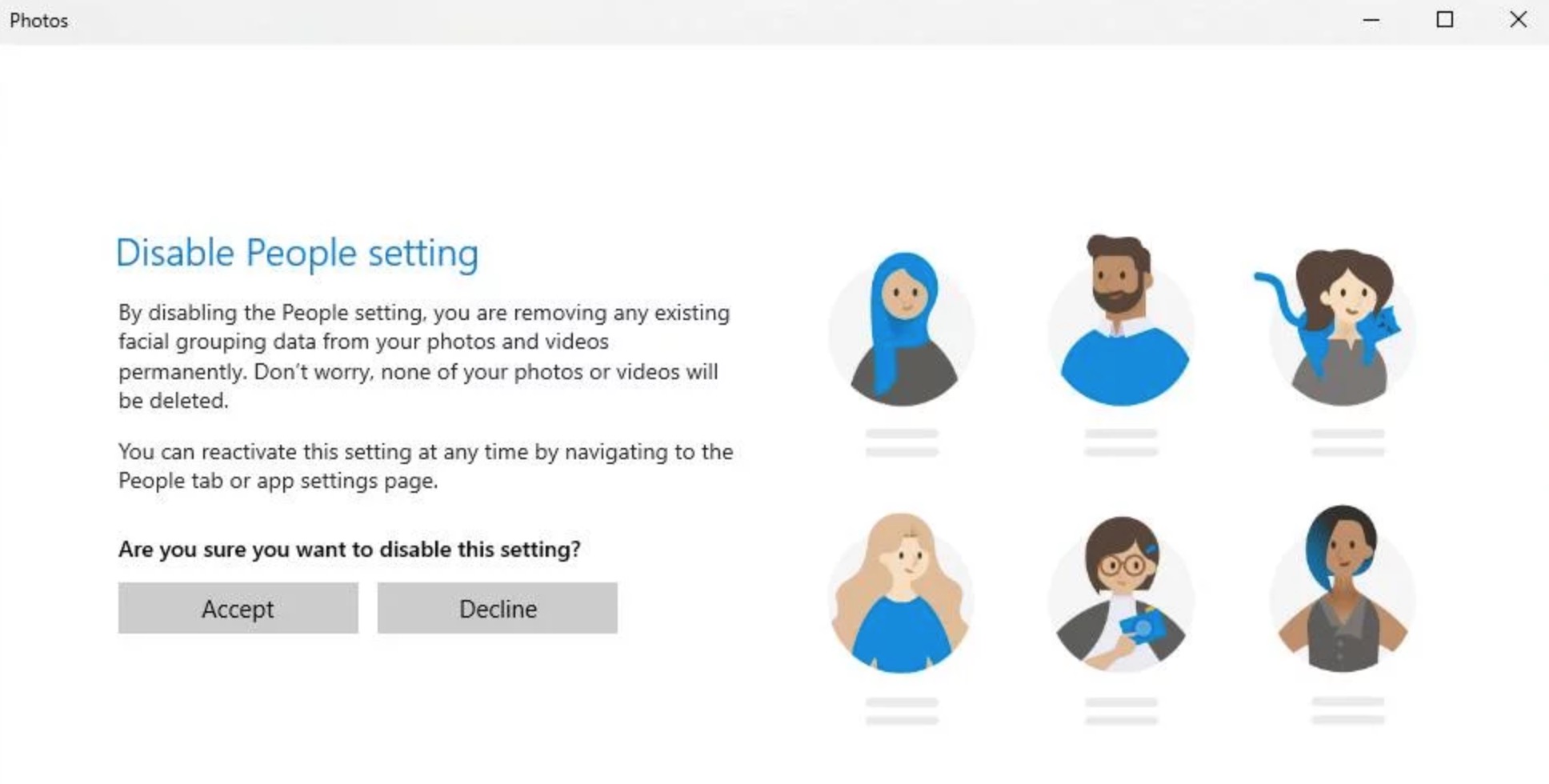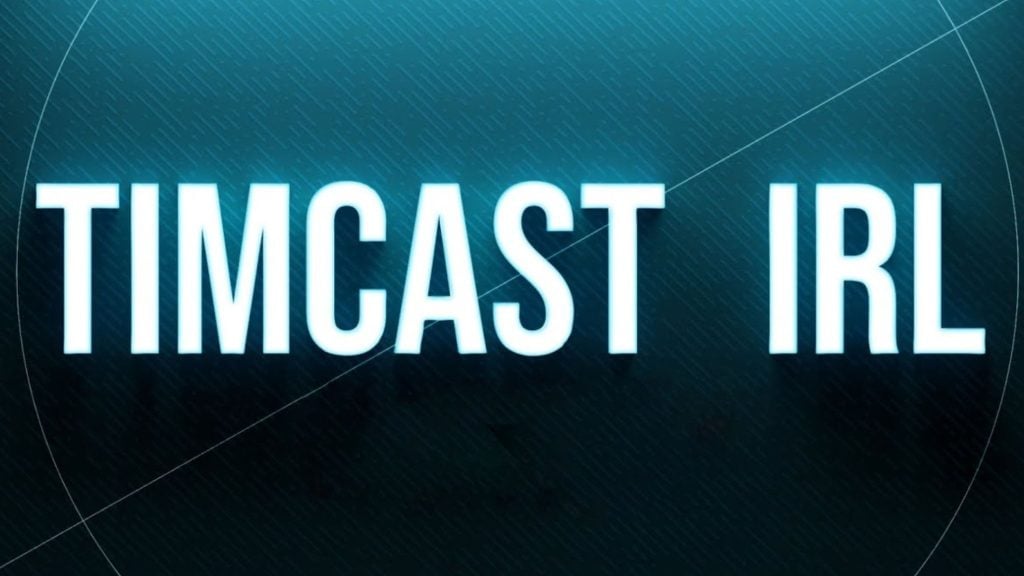Microsoft is preparing an update to its Windows 10 Photos app that asks users to verify for “all appropriate consents from the people in your photos and videos,” in order to use face recognition software to scout for pictures of your loved ones.
Photos have been fiddling with face recognition in an attempt to group and tag photos since at least 2017. The notice on previous versions of the app simply stated: “Allow naming and grouping of people in your photos and videos by turning on face detection and recognition, and storing this data on your device.”
Using face recognition to organize pictures is becoming a very common practice among tech giants. Adobe Photoshop Elements, Google Photos, Apple Photos and of course Facebook all use it for “face grouping” or for scanning the pictures recognizing people and objects in them. However, in all of these cases, the feature is designed so that it shouldn’t be possible to identify users from a photo.
To prevent future issues, Microsoft decided to fine-tune the privacy notice it sends to Photos users and basically allow itself to use face recognition on photos while dropping on the user the responsibility of getting permission from whoever is in the pictures.
The link provided by Microsoft leads to a privacy statement containing massive and generic privacy documents. The section on Photos is full of disclaimers. And then it reads:
“You, and not Microsoft, are responsible for obtaining consent to link Contacts with your facial groupings, and you represent that you have obtained all necessary consents to link your photos and videos into groups.”

Most users have a tendency to take a huge volume of photos on their smartphones. Microsoft OneDrive has an option to upload all the pictures so they appear on Windows 10 Photos. Contacting all the subjects in the pictures to get their consent would painstaking task, assuming users would have some idea of what a “necessary consent” might be (most do not), and that securing consents is something doable (most of the times it is not).
The dialogue with Microsoft is therefore not very helpful and leaves the user with the only option of turning off the feature.
If you're tired of censorship and dystopian threats against civil liberties, subscribe to Reclaim The Net.









